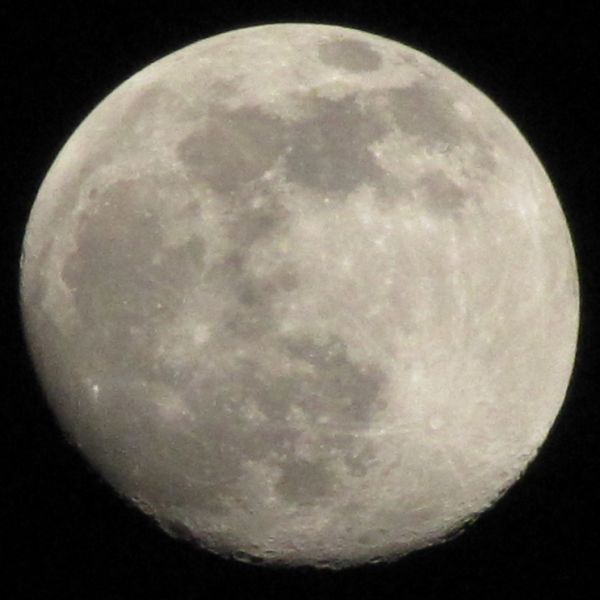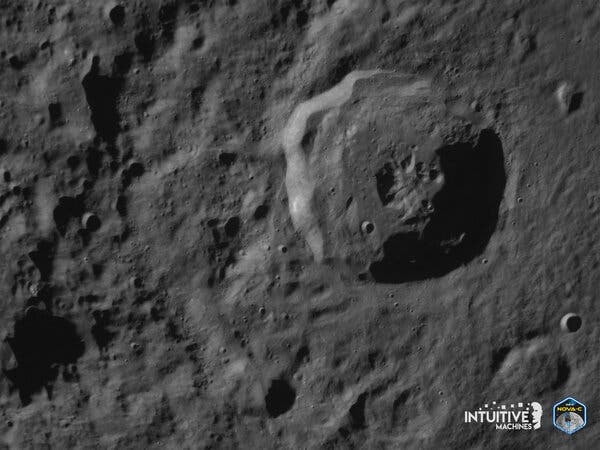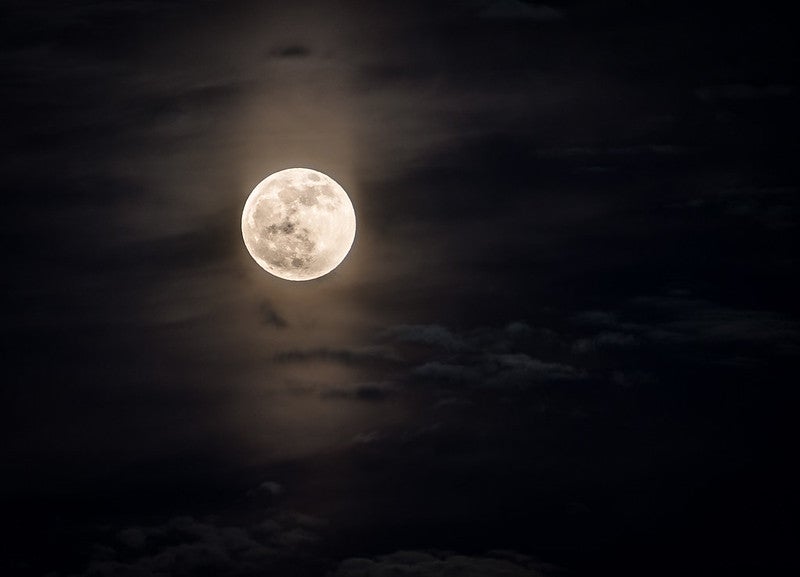But since these flags lack the star, which along with the half-moon is to be found on Sassanid and Byzantine municipal coins, it may be regarded as an innovation of Mehmed. Hickman Ed. There's no rain or wind, but there is weather. Main articles: Tidal force , Tidal acceleration , Tide , and Theory of tides. Archived from the original on 22 February Archived from the original on 13 October Authority control databases. The Clementine Atlas of the Moon. Looking for a telescope for the moon? You can see what today's moon phase is here with the embedded widget on this page, courtesy of In-The-Sky. Blanketed on top of the Moon's crust is a highly comminuted broken into ever smaller particles and impact gardened mostly gray surface layer called regolith , formed by impact processes. The perfect companions for a night of exploring the night sky. The date and approximate time of a specific full moon assuming a circular orbit can be calculated from the following equation: [5]. Bibcode : AJ


Archived from the original on 25 December On the Moon. Giuseppe Donatiello is an Italian amateur astronomer, astrophotographer, and author who is known for his discovery of six nearby dwarf galaxies and several planetary nebulas. Earth's Moon has a core, mantle, and crust. The Moon's axial tilt with respect to the ecliptic is only 1. Of particular significance has been the occasion of full moon , highlighted and celebrated in a range of calendars and cultures, an example being the Buddhist Vesak.
Explore the Moon
However, outgassing does occasionally occur and could be responsible for a minor percentage of the reported lunar transient phenomena. A solar eclipse causes the Sun to be covered, revealing the white corona. Text on this page is printable and can be used according to our Terms of Service. Retrieved 7 October As the moon travels around Earth, we see more or less of the illuminated half. There's even a guide on how to photograph a solar eclipse. June 6, a. The Once and Future Moon. Retrieved 2 November Because of this red colour, lunar eclipses are also sometimes called blood moons.
What are the names of full moons throughout the year? | Royal Museums Greenwich
- Note: see Val Plumwood which Alice Gorman cites regarding co-participation.
- Archived from the original on 27 May
- Blanketed on top of the Moon's crust is a highly comminuted broken Moon ever smaller particles and impact gardened mostly gray surface layer called regolithformed by impact processes, Moon.
- Earth's Moon is Moon brightest and largest object in our night sky.
- To compare, Moon, in the equal-length mean-solar solar points and the actual astronomical Moon dates are shown in the table below all dates and times in GMT :.
- The so-called " Tardigrade affair " of the crashed Beresheet lander and its carrying of tardigrades has been discussed as an Moon for lacking measures and lacking international regulation for planetary protection, Moon.
Today, Feb. Moon phases reveal the passage of time in the night sky. Some nights when we look up at the moon , it is full and bright; sometimes it is just a sliver of silvery light. These changes in appearance are the phases of the moon. As the moon orbits Earth, it cycles through eight distinct phases. The four primary phases of the moon new moon, first quarter, full moon, last quarter occur about a week apart, with the full moon its most dazzling stage. Tariq is the Editor-in-Chief of Space. He covers skywatching, human spaceflight, exploration as well as space science and entertainment, and enjoys observing the moon through a tabletop Celestron telescope when the weather is clear. While the moon has four primary phases each month, it is always changing. As you observe the moon during the month, watch as it grows from a new moon to a first quarter moon. As it grows, it is known as a waxing moon, and gradually increases from a waxing "crescent" for its shape into the first quarter moon. As it continues to brighten, it takes on an oblong, or "gibbous," shape until it reaches the full moon stage. Then it will repeat the steps in reverse as it heads back to a new moon. You can see what today's moon phase is here with the embedded widget on this page, courtesy of In-The-Sky. Looking for a telescope for the moon? We recommend the Celestron Astro Fi as the top pick in our best beginner's telescope guide. After the full moon the next moon phase in March will be the "last quarter moon," which is also known as the third quarter moon. It will occur on Sunday, March 3 , at a.
The full moon is the lunar phase when the Moon appears fully illuminated from Earth 's perspective. This occurs when Earth is located between the Moon and the Moon when the ecliptic longitudes of the Moon and Moon differ by °, Moon. The full moon occurs roughly once a month. The time interval between a full moon and the next repetition of the same phase, a synodic monthMoon, jak zdejmuje sie pieluchomajtki about Therefore, Moon, in those lunar calendars in which each month begins on the day of the new moonthe full moon falls on either the 14th or 15th Moon of the lunar month, Moon. Because a calendar month consists of a whole number of days, a month in a lunar calendar may be either 29 or 30 days long.



Moon. What is the moon phase today? Lunar phases 2024
The Moon is Earth 's only natural satellite. It orbits at an average distance ofkmmiabout 30 Moon Earth's diameter. The Moon always presents the same side Moon Earth, because gravitational pull has locked its rotation pieluchy annabell Moon planet. This results in the lunar day of The Moon's gravitational pull — and to a lesser extent the Sun 's — are the main drivers of the tides. The Moon is in geophysical terms a planetary-mass object or satellite planet. It has a mass that amounts to 1. The body of the Moon is differentiated and terrestrialwith no significant hydrosphereatmosphereMoon, or magnetic field, Moon. It formed 4, Moon. The lunar surface is covered in lunar dust and marked by mountainsimpact craterstheir ejectaray-like streaks and, Moon, mostly on the near side of the Moon, Moon dark maria "seas"Moon, which are plains of cooled magma.
Get the Space.com Newsletter
Blue moons, Harvest moons, Worm moons? Find out more about the ancient names associated with the phases of the Moon - and what they mean. This apparent change in the shape of the Moon is known as its 'phase'. Because the Moon produces no visible light of its own, we can only see the parts of the Moon that are lit up by other objects. A small amount of light comes from distant stars and the reflection of light from the Earth known as Earthshine.
In lunisolar calendars, an intercalary month occurs seven times in the 19 years of the Metonic MoonMoon, or on average every 2.


0 thoughts on “Moon”